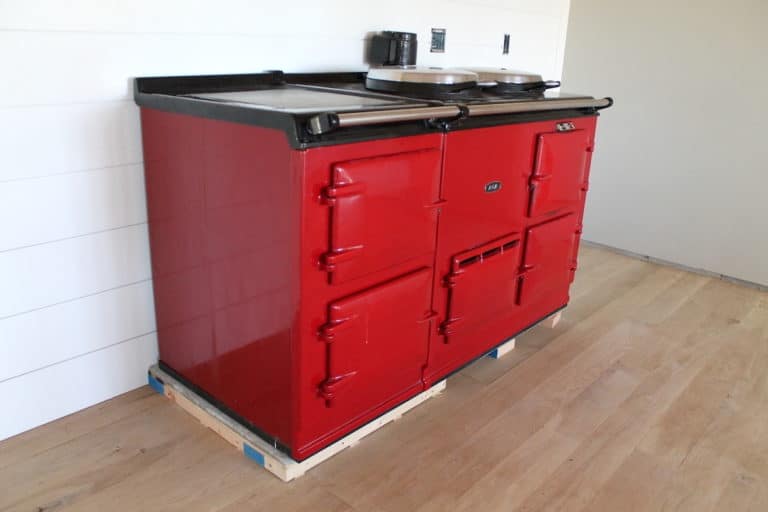Frequently Asked Questions When Buying A Used AGA Stove
Purchasing a used AGA cooker is a wonderful and exciting investment. But information is scarce and, like we did, you probably have questions about moving them, installing them, and other practical concerns like if the oven compartments are too small. In this post we cover the gamut and answer the most frequently asked questions we…


